Sai Temple
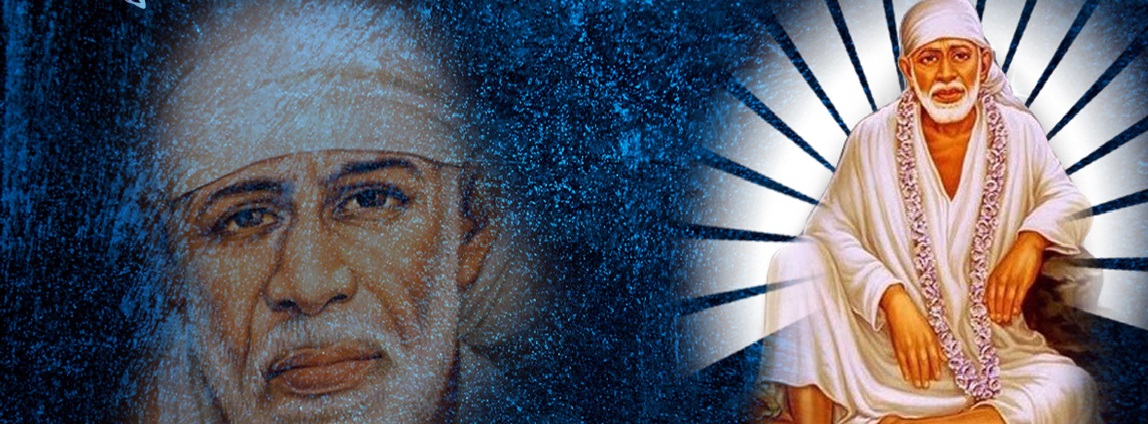
A small village in Ahmednagar district, Shirdi has become famous all over India on account of its association with the renowned Saint Shri Sai Baba. Pilgrims belonging to all faiths, throng here all the year around.
| Kakad Arati | 5.15 a.m. |
| Holy Bath of Shri Sai Baba | 6.00 a.m. |
| Darshan Begins | 7.00 a.m. |
| Satyanarayana Pooja | 9.00 a.m. |
| Abhishek | 9.00 a.m. |
| Noon Arati | 12.00 noon |
| Pravachan or Pujan | 4.00 p.m. |
| Dhuparati | At Sunset |
| Bhajan, Keertan | 9.00 p.m. |
| Shejarati | 10.00 p.m. |
The temple premises of Shri Saibaba is in the heart of Shirdi village and is a major center of pilgrimage from all over the world. The Temple premises is renovated in the year 1998-99 and now is equipped with all necessary facilities The accommodation Facilities are also provided by the Sansthan. Facilities like, Darshan Lane, Prasada (Lunch and Dinner), Donation Counters, Prasad Counters, Canteen, Railway Reservation Counter, Book Stall etc.
The divine statue of Sai Baba was built by Late Balaji Vasant in 1954 and is situated within the Samadhi Mandir. The temple can accommodate 600 visitors in its assembly hall. One can experience the life of Sai Baba through the paintings situated on the first floor of the Samadhi Mandir.
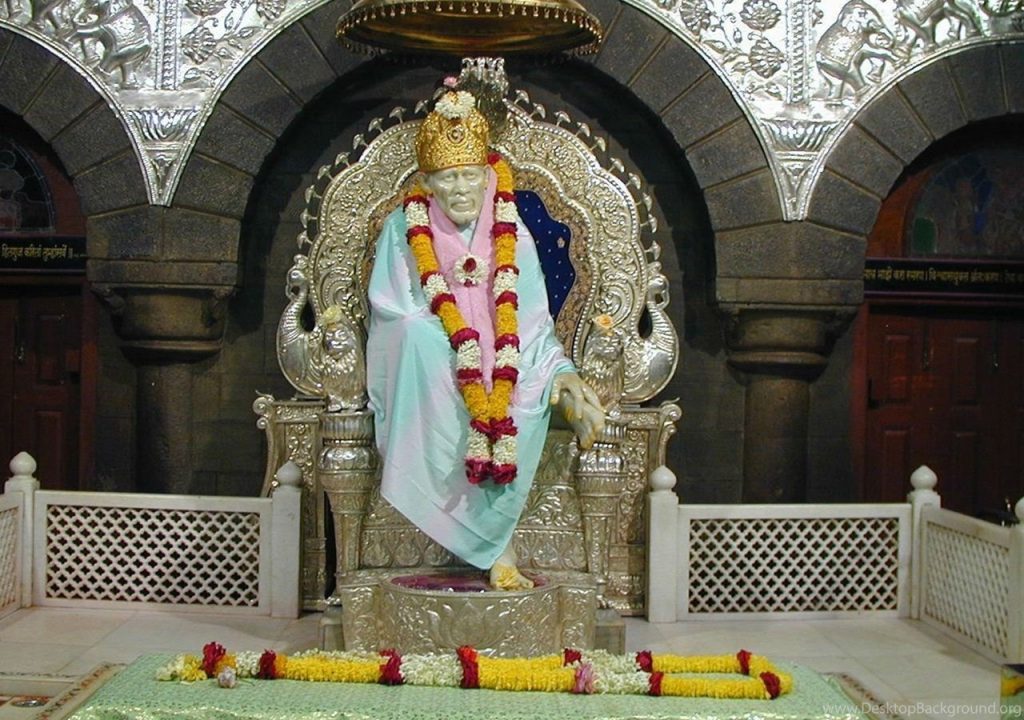
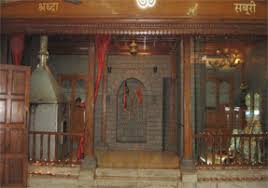
The things handled and used by Shri Saibaba, like the Stone (sitting place) of Baba, Palakhi (Palanquin), Chul (Clay stove), Kolambe (small earthen pot), Samai (lamp), the bag of grains, and the Khamb (a wooden pillar) can be seen here. Shri Saibaba used to sit and take rest at this place. This is the main place where people used to meet Baba.
Baba turned it into Dwarkamai and proved that God is one. The first level of Dwarkamai has a portrait of Baba and a big stone on which Baba used to sit. This level has two rooms. One contains the chariot and the second a palkhi. Just in front of the room where the chariot is kept is a small temple.
Baba, along with his nearest followers, used to stay here at every alternate nights. Because of this reason, this place has achieved a great importance. The chair, on which Baba used to rest, and the bed, on which Baba had his last bath, are also kept in this temple. This temple is approximately 300 Meters from the Bus Station.
Inside the Chavadi is a large portrait of Baba which was painted by Ambaram from Nausari in Gujarat, after Baba had given him darshan in a dream in 1953. At the time, Ambaram was only eighteen years old. Touched by Baba and Ambaram’s painting of him, the villagers of Nausari collected donations in order to buy the painting and bring it to Shirdi
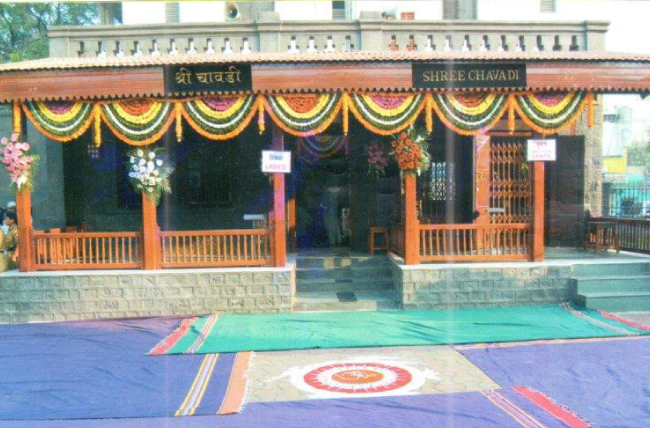
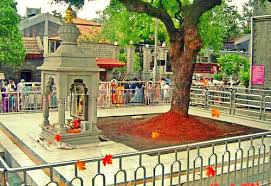
This place of Shri Saibaba’s Guru (Master) is famous as “Gurusthan”. Baba was first seen at this place, when He was 16. The well known “Neem Tree” described in Shri Sai Satcharitra can also be seen here. This place has achieved importance because it is believed that, if “Agarbatti” is lightened at this place, on every Thursday and Friday, the devotees can get what they pray for.
The Gurusthan was renovated on 30th September, 1941. After this the present temple was built. There is a small shrine in Gurusthan. On a elevated platform of this shrine a big portrait of Lord Sai Baba is placed.